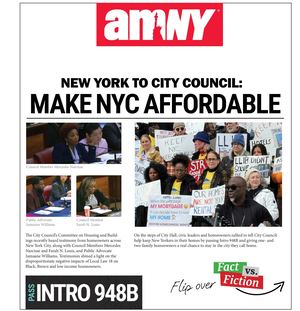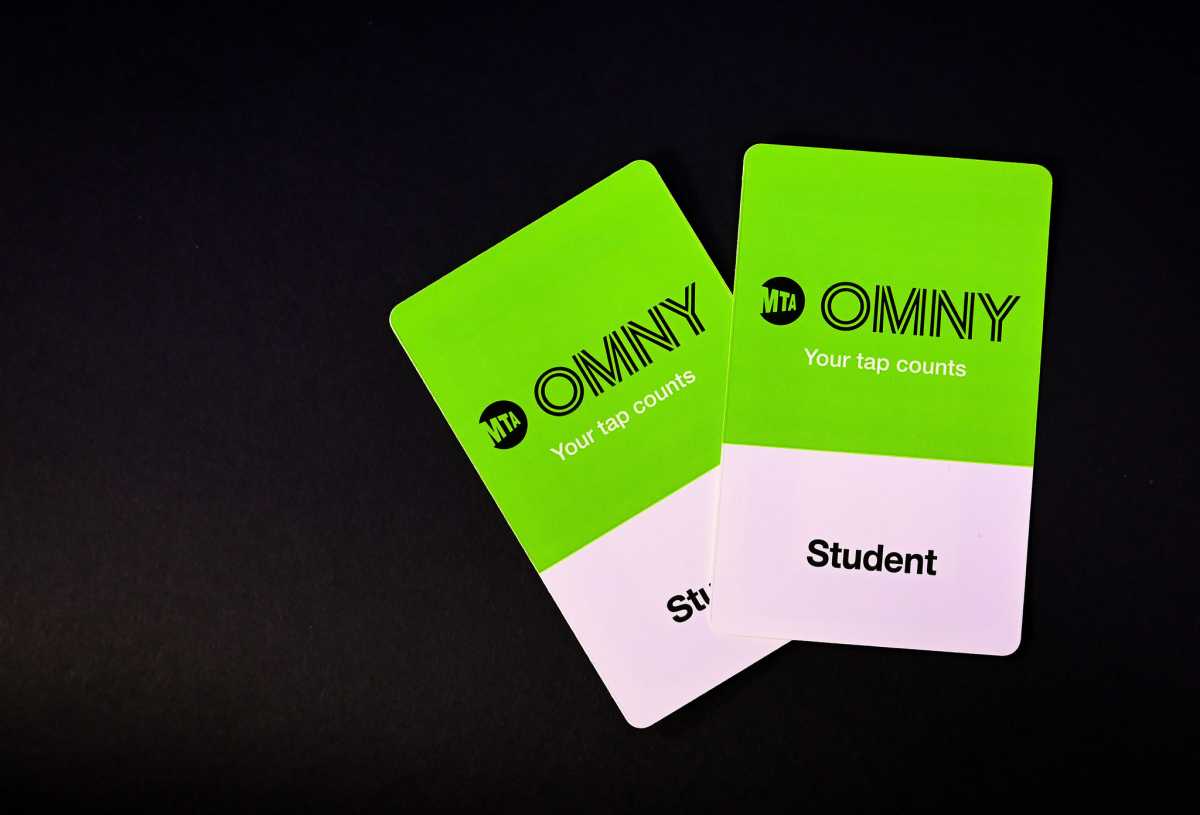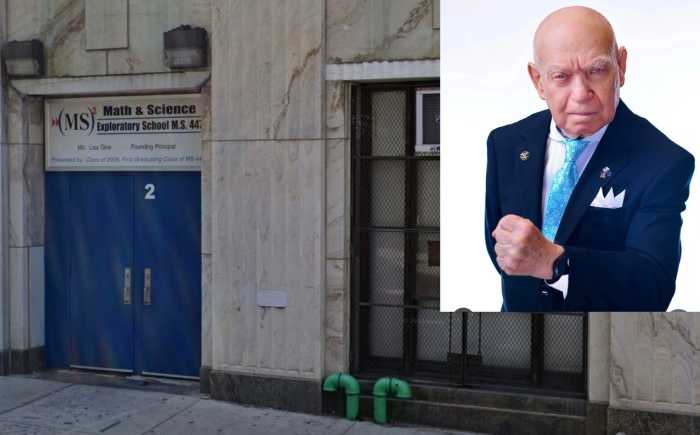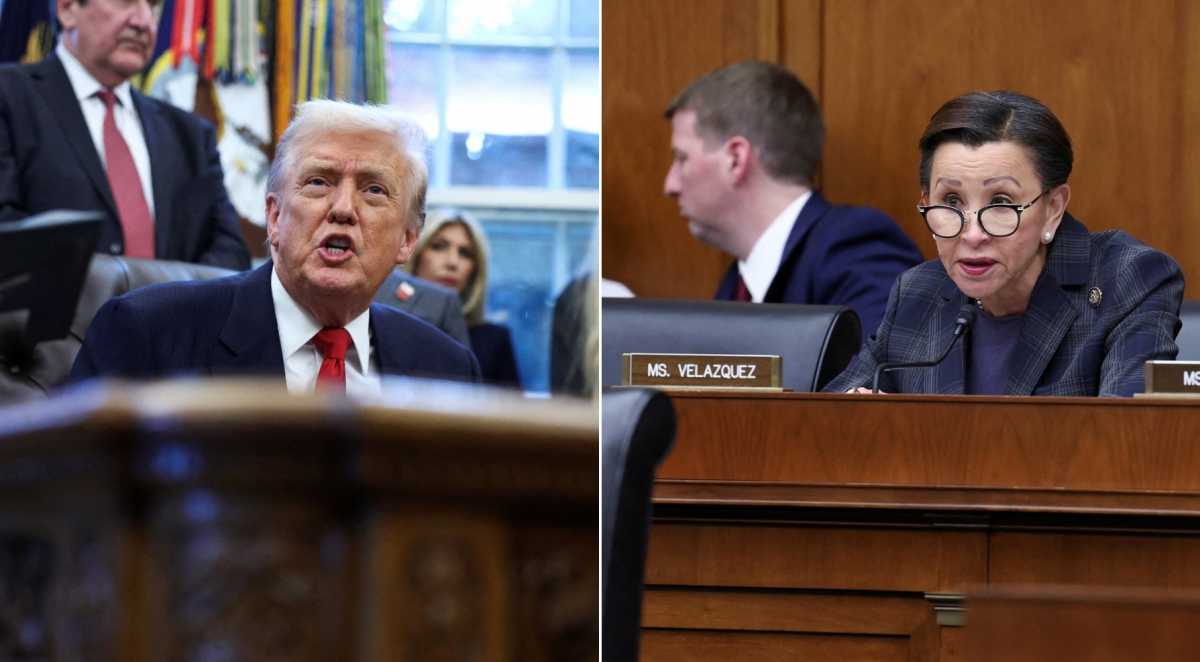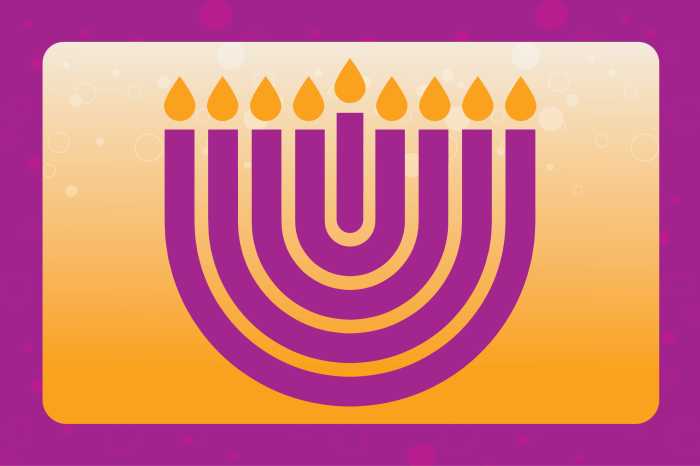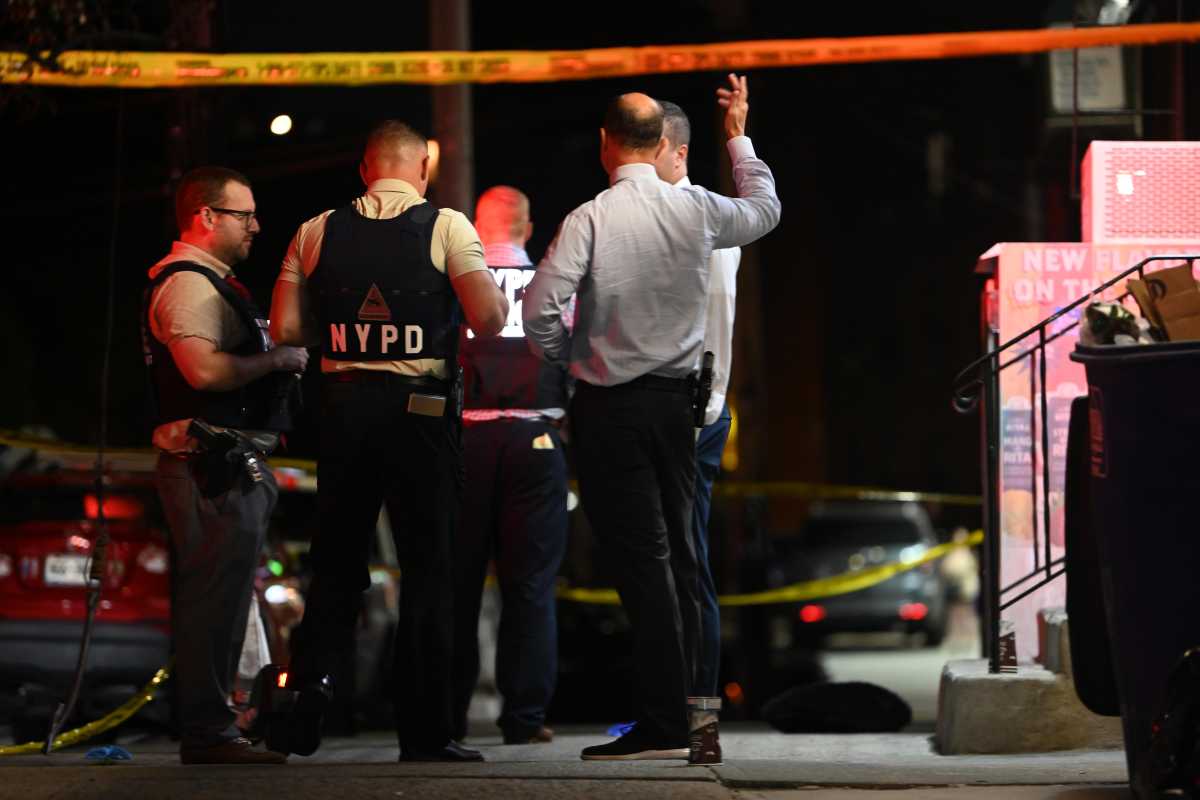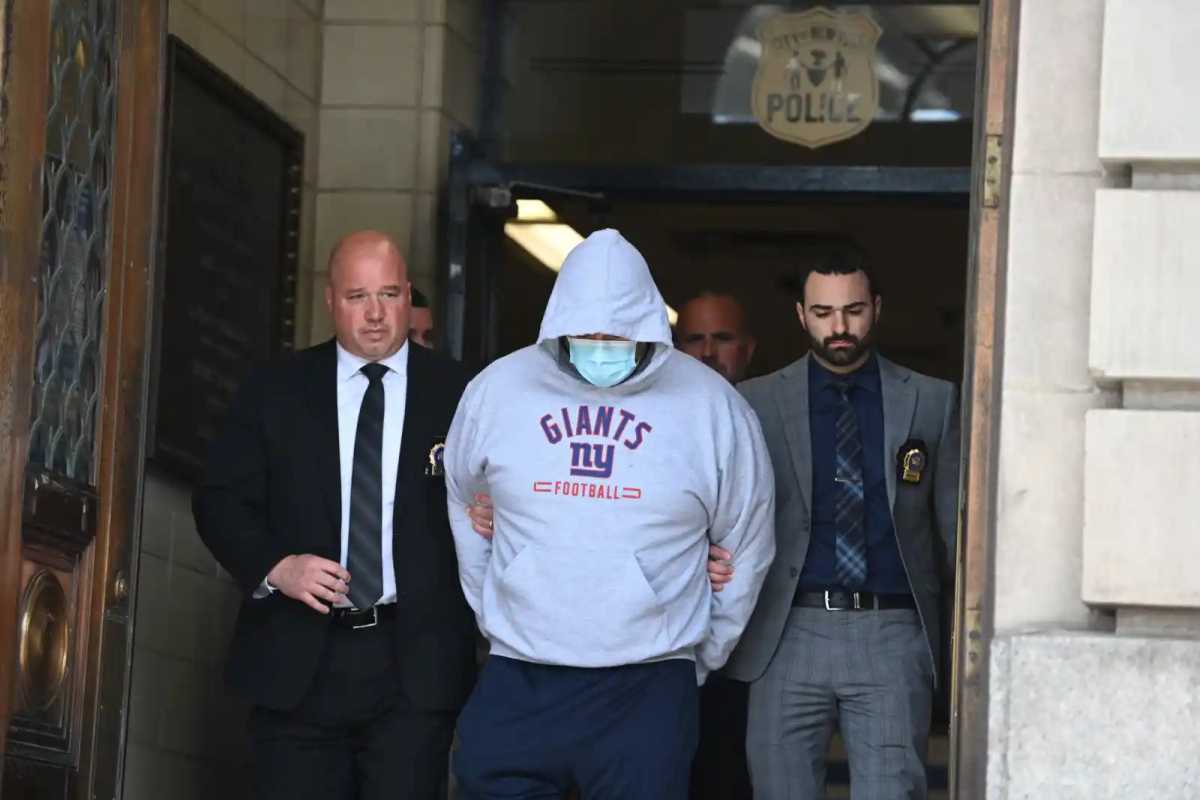Manhattan elected officials and parents are urging city and state officials to lift a restriction on the student OMNY card program that excludes a significant subset of the city’s school children.
Public school students in grades kindergarten through 12 who live less than a half-mile from their designated school are not eligible for the free school transportation program. Elected officials say the exclusion is not fair, especially after OMNY replaced MetroCards and expanded the program this academic year to include more daily rides on the cards, which are now active all day, every day of the year.
City Council Member Keith Powers said parents in his Manhattan district are concerned that their children, many who participate in activities or have part-time jobs after school, are being left out of the program. He added that thousands of special education students are also affected.
“We made a lot of progress trying to solve for this in the past, but we’re still hearing from families whose children aren’t receiving an OMNY card like their classmates are that can be used not only to get to school, but to get to after-school events, cultural activities or can be used on the weekends,” Powers said.
The restriction appears to contradict what MTA Chair and CEO Janno Lieber said about the importance of expanding the student OMNY card program.
“We want to make sure that kids who are doing internships, who are getting out to get experience and use the city, have the benefit of the transit system, and they’re getting four free rides per day,” Lieber said at a July press conference.
amNewYork Metro reached out to the state-run MTA for comment, which referred us to the city Department of Education (DOE), saying the city agency ultimately determines student eligibility.
For their part, DOE officials said the department is “reviewing options” for the future.
“We’re thrilled that we’re partnering with the MTA to provide student OMNY cards that can be used four times a day, 365 days a year,” said Jenna Lyle, a spokesperson for the DOE. “As we continue to review options for future access, we appreciate all feedback from our families and school communities.”
Only students who live a half-mile or further away from their school can enroll in the student OMNY card program. But Powers — who, along with other Manhattan elected officials, wrote a letter to the Department of Education and MTA on Monday about the situation — said a typical day for students can include more than just going to and from a school building.
“A student who might live in Harlem, go to high school in Midtown, and have dance practice in Flatiron, won’t have to worry about using their student card during the school day and paying separately on nights and weekends,” stated the letter, which was also co- signed by Manhattan Borough President Mark Levine. “This is a huge win for students, and it should be applied equally to all our young people.”
Potential to ‘break economic barriers’
Danielle King, whose children attend P.S. 116 in Murray Hill, said she is supportive of students receiving free access to public transportation regardless of where they live.
“I’m very supportive of expansion to all students kindergarten through grade 12 regardless of geography,” said King, who is also a PTA co-president at the school. “I think, much like free school lunches, these sort of benefits are a no brainer.”
She pointed out that eliminating the restriction can also break economic barriers.
“It has potential to break down a major economic barrier, and allow for students and hopefully their families to travel around New York City and use mass transit,” she said.
Powers agreed that OMNY for all students would lift a “significant financial burden” on NYC families.
Read more: PATH Modernizes with TAPP Contactless Payment System
